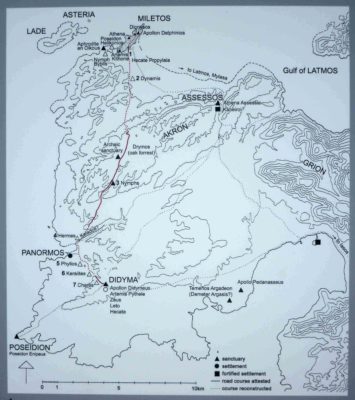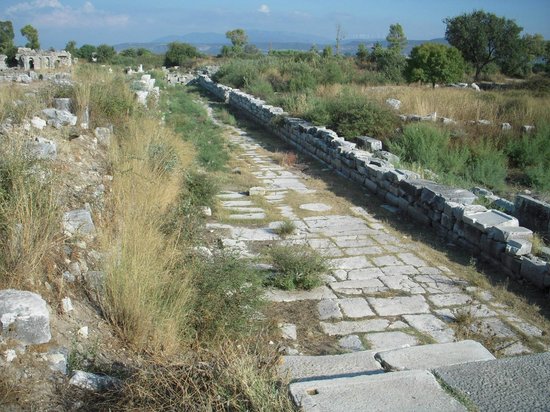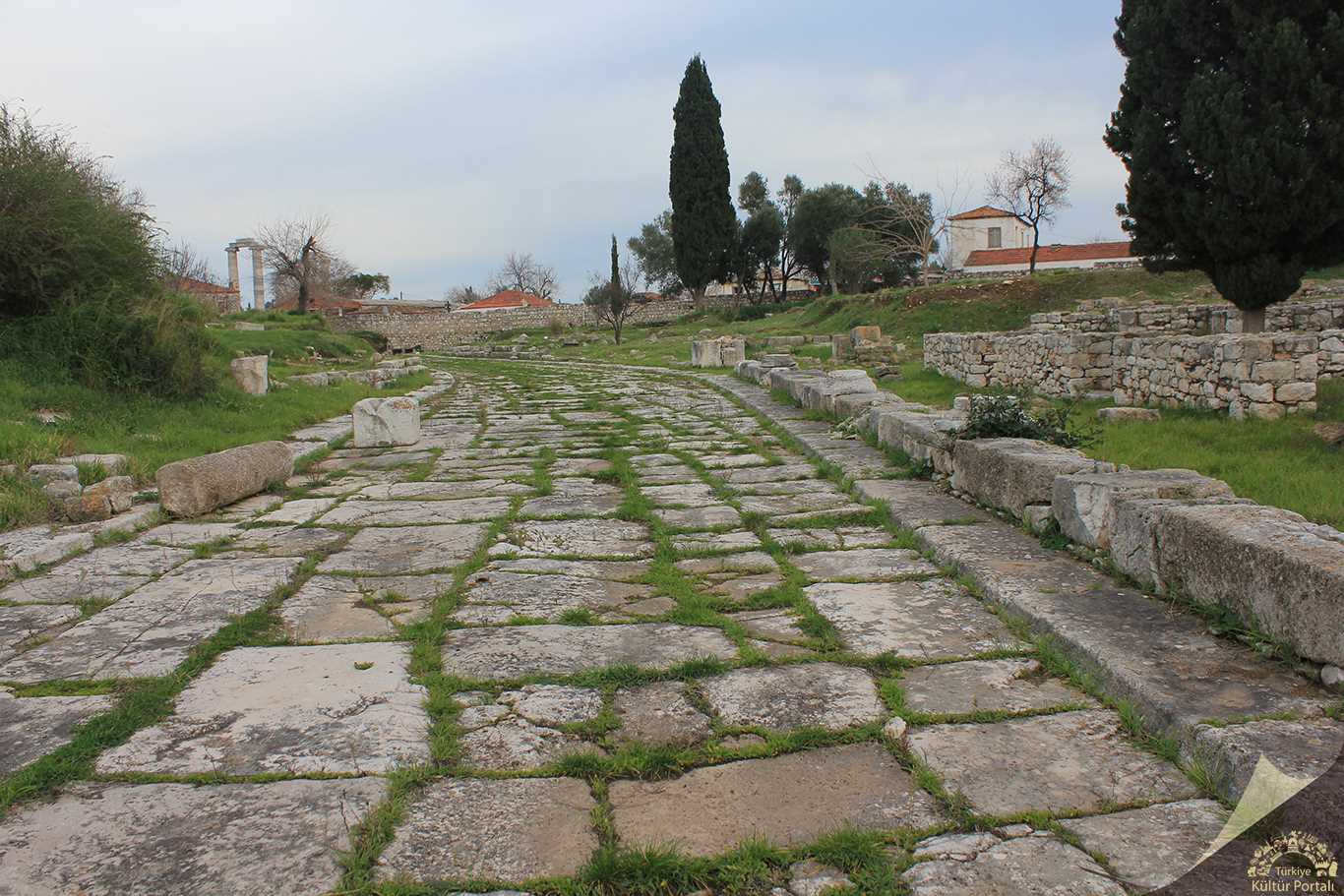My feelings are probably dismissive of the gravity of this pandemic we continue to ease free from, though I certainly have sorely missed my usual visits to the Temple of Apollo.
By Glenn Maffia
A small window of opportunity offered itself recently and was hungrily devoured. Nothing much has changed upon the archaeological site; the columns still stand proud as sentinels, the marble continues to dazzle beneath a sun-filled sky, the groundwater steadily dribbles into the southeast section, the reeds growing in abundance.
And the Sacred Road remains firmly shut to inquisitive minds.
Personally, I felt the site appeared rather unkempt, which is hardly surprising given today’s circumstances. Hopefully the gardeners shall awake to tend the dishevelled fauna soon. That always brings a particular tidiness to the elegant proceedings of this superb site.
There must be some question as to whether the archaeologists will descend this July and August. The important task of maintenance is always scrupulously carried out by Christophe and his team. It may not grab the headlines, which is a pity as this preservation work adds sheen to this jewel.
Information boards
Peering through the iron railings which offer a mere glimpse of the Sacred Road, I noticed the unread information boards remain within a ‘lockdown’ isolation even graver than that which the population currently endures.

This is quite shameful as the information they contain is highly illuminating and the archaeologists deserve maximum plaudits.
There are four of these boards which cover the site. The initial board that you encounter is a brief outline of the whole of this site and the dating of prominent features.
This overview allows the visitor to put into context the site and the long duration of time that it took to evolve. Hopefully this timeframe shall be appreciated by the readers.

Actual route of the Sacred Road
Walking further along the paved road notice the camber along its width. This is to permit rainwater to run into the gutters which flank the kerbs, and from there run into drains. When I was showing some Turkish friends this site some years ago one of them said to me, “How old is this road”? “Two thousands years”, I replied. “Oh, that long. And it is still the best road in Didim”.

The Felsbarre
As we continue to walk the road, to the left is an area named the ‘Felsbarre’ (ridge in German). Here we can observe many water features, certainly wells and possibly fountains at one time. I shall leave that to your imagination.
On some older German archaeological maps (there is one by the entrance to the Temple) this area was thought to be a Sanctuary of Artemis as there is an ancient inscription which equates the goddess with a well covered by a golden ornate lintel. Therefore, a well, or wells = Artemis.

Personally I tend to believe that these numerous wells, certainly later if not initially, fed the adjacent Roman Baths. Or it may possibly be that it could have been an early sanctuary to Artemis, though as another temple has since been discovered in the old school grounds which hints at being dedicated to Artemis (dated 2nd century BCE) it is feasible that Artemis’ sanctuary was merely redesigned and the wells of the ‘Felsbarre’ subsequently used for replenishing the waters of the Baths. Change happens over time.
Ancient Altar and the Baths
Almost immediately, located on the right hand side of the road, the foundations of a substantial structure, possibly an altar, are located on the considerable ‘east turn’ of the road. To the rear of the structure and extending some good distance (32 metres) is a wall thought to be a temenos (limit of a sanctuary). This is the reasoning for it being a probable altar. Alas, to which god, I wouldn’t begin to hazard a guess.
Finally, and my personal preferred section of the Sacred Road site, we reach the Roman Baths. Here the information board abounds with not only excellent information but with the added delight of photographs taken during the excavations from the 1970s. One can see the hypocaust system used to transport heated water steam beneath the floor, and the illustrations which decorated these floors of the building.
The Baths were rather modest in size as they catered primarily for the celebrating citizens during the festival season. Didyma was never a permanently populated area as the Temple was a religious culture centre within the jurisdiction of Miletus.

Though there would have been labourers maintaining and building the Temple (never completed) and its numerous other construction projects (of which today’s visitors are entirely unaware), and, no doubt, priests would have been in attendance, as well as scribes to record prophesies uttered by Apollo.
Didyma could have possibly resembled the sleepy working village we can witness today, which also bursts into life during the tourist season.
Nonetheless, these absolutely first class information boards offer a succulent taster of the delightful and fascinating history which surrounds us. But why is this area off-limits to those who visit this incredible site?
